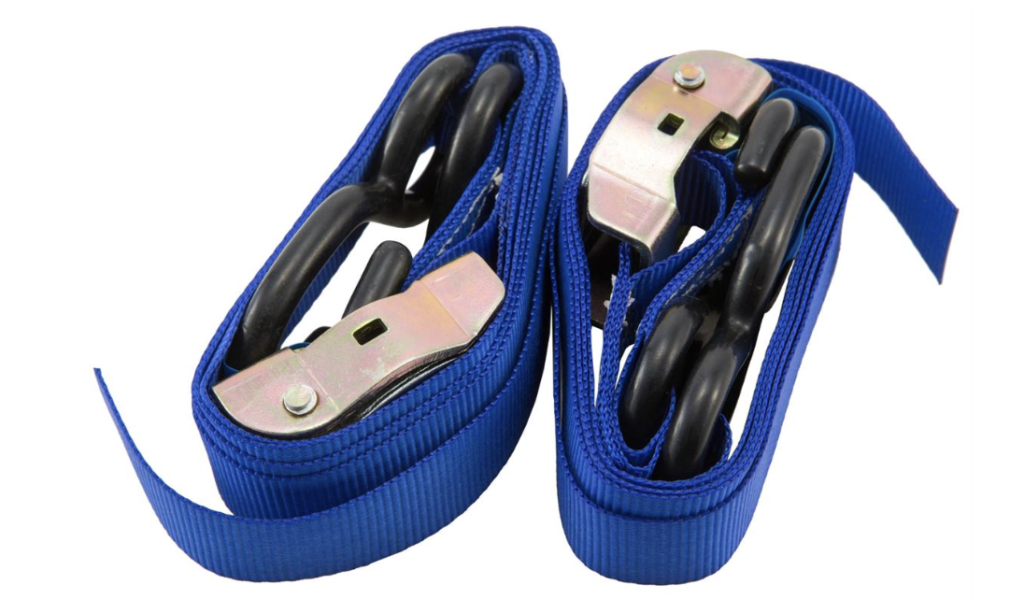When the fancy scooter goes on a trip, this does not always happen on its own tires. When transporting a Vespa on the road, there are a few things to consider. The most convenient are stands and external brackets that are adapted to the scooter. However, they are only suitable for larger vehicles such as motorhomes or vans. More often you see two-wheelers on vehicle trailers. A Vespa can also be transported safely in a van.
Can the gasoline stay in the tank?
While the fuel can remain in the tank in the case of mounts and trailers, the gasoline should be drained or extracted when transported in a box truck. The tank of a scooter is not a sealed fuel canister. Thus, the rule of thumb that twenty liters of gasoline may be carried in this specific case does not apply. So that the Vespa is ready for use on site, it is advisable to carry the extracted gasoline in an approved fuel canister and to fill the tank again after unloading. If possible, remove sensitive parts – such as the rear-view mirrors and decorative elements – before transport and, especially in the case of high-quality machines, cover the paint, chrome and upholstery sections for transport.
Tension belts: know how!
Two people should definitely be involved in loading the scooter. Although a Vespa weighs considerably less than full-grown touring motorcycles, the many maneuvers involved in driving up, positioning and securing are simply much easier to manage with two people. Basically, every Vespa must be secured on a trailer or in a box van with tension straps. All possible directions of movement (front, rear), falling over to the right and left as well as twisting and slipping around its own axis must be taken into account.

The wheels and the luggage rack are suitable as attachment points. The steering column and upholstery are unsuitable, as they can give way or twist. As a rule, at least four to six tension belts are needed to lash the Vespa. In addition, it may be useful to secure the scooter against falling over by means of load-securing beams. Even if the machine is apparently well lashed down, the load securing must be checked regularly at every break. This is especially true as long as the Vespa is still standing on its own tires. Safe lashing is only possible with approved and undamaged lashing straps. Simple ropes, expanders or other makeshift solutions are not sufficient. Under no circumstances should you try to clamp the Vespa against one of its own stands. The stands are not designed for the forces of the tensioning straps and can easily be damaged.
Suitable holding systems
It is somewhat easier to transport the unit on a trailer or a holder on the camper. However, only approved holding systems that have been installed by a specialist company and are registered in the vehicle registration document should be used for this. This is where the challenge lies when loading and unloading. Depending on the model and loading height, a platform or other safe access aid must be added. The Vespa is not ready for transport until all restraints on the carrier system are closed and secured. It is also advisable to cover sensitive sections when transporting on the carrier or a trailer.
Once at the destination, the fuses should be released slowly and one by one. Always pay attention to the state of the Vespa. Before the first ride, the steering, wheels, springs and brakes must be checked for proper functioning and the scooter can ride on its own tires again.



